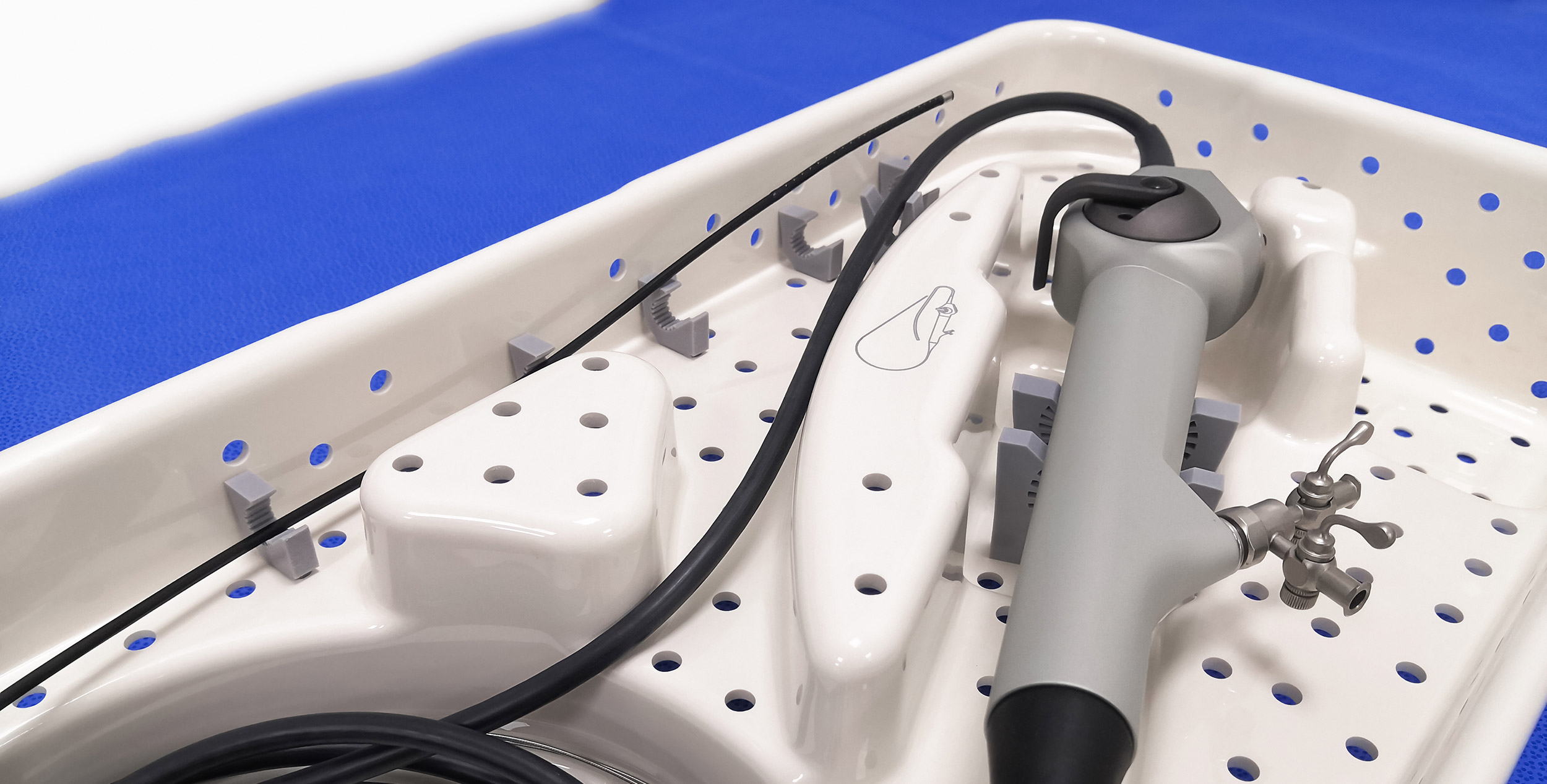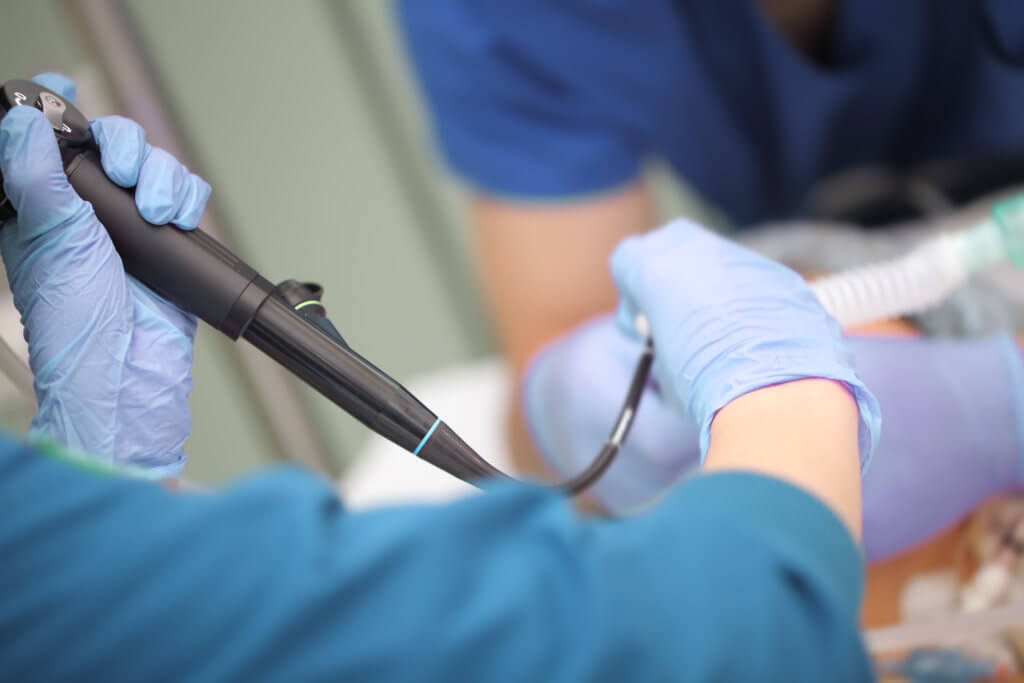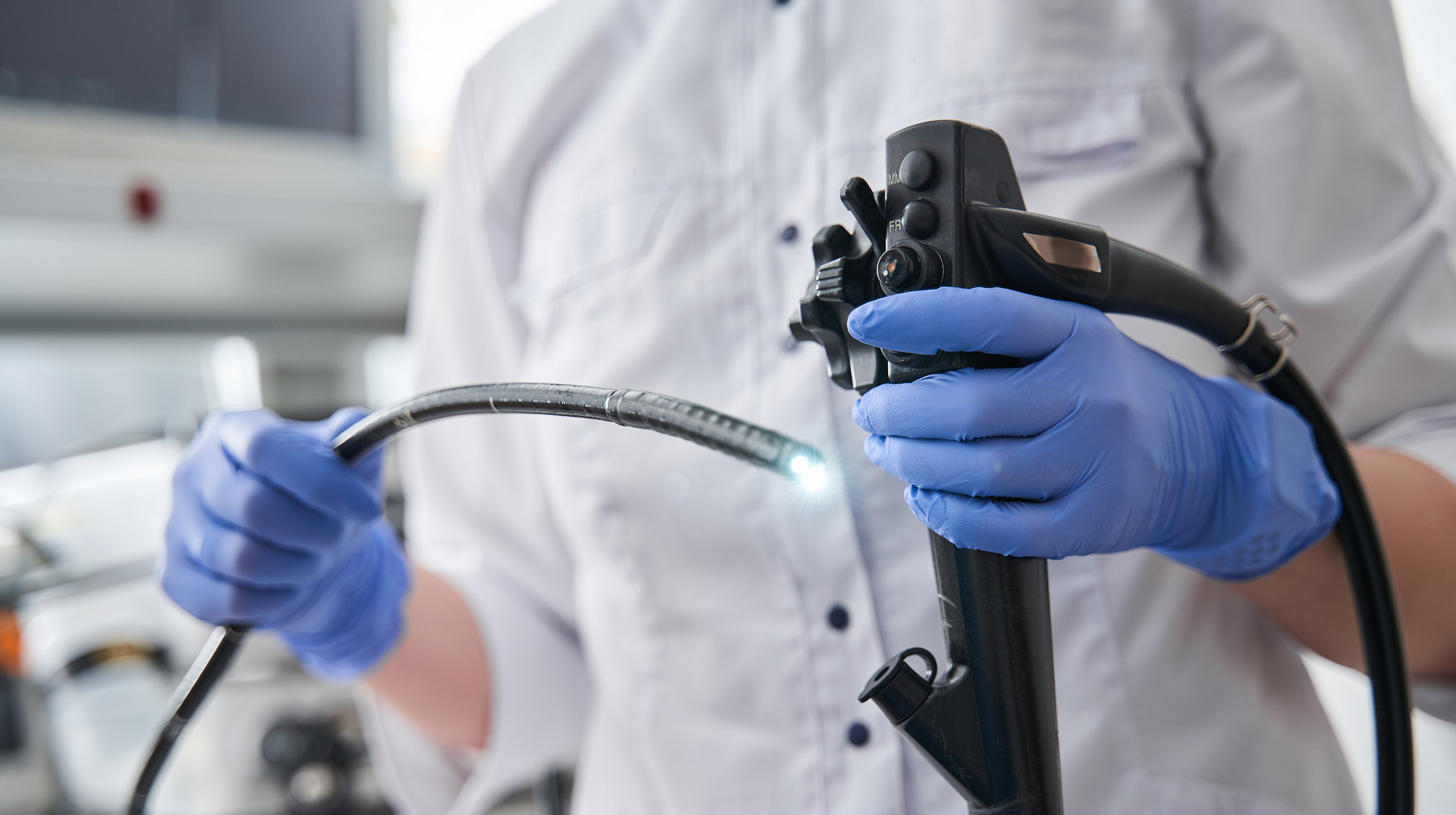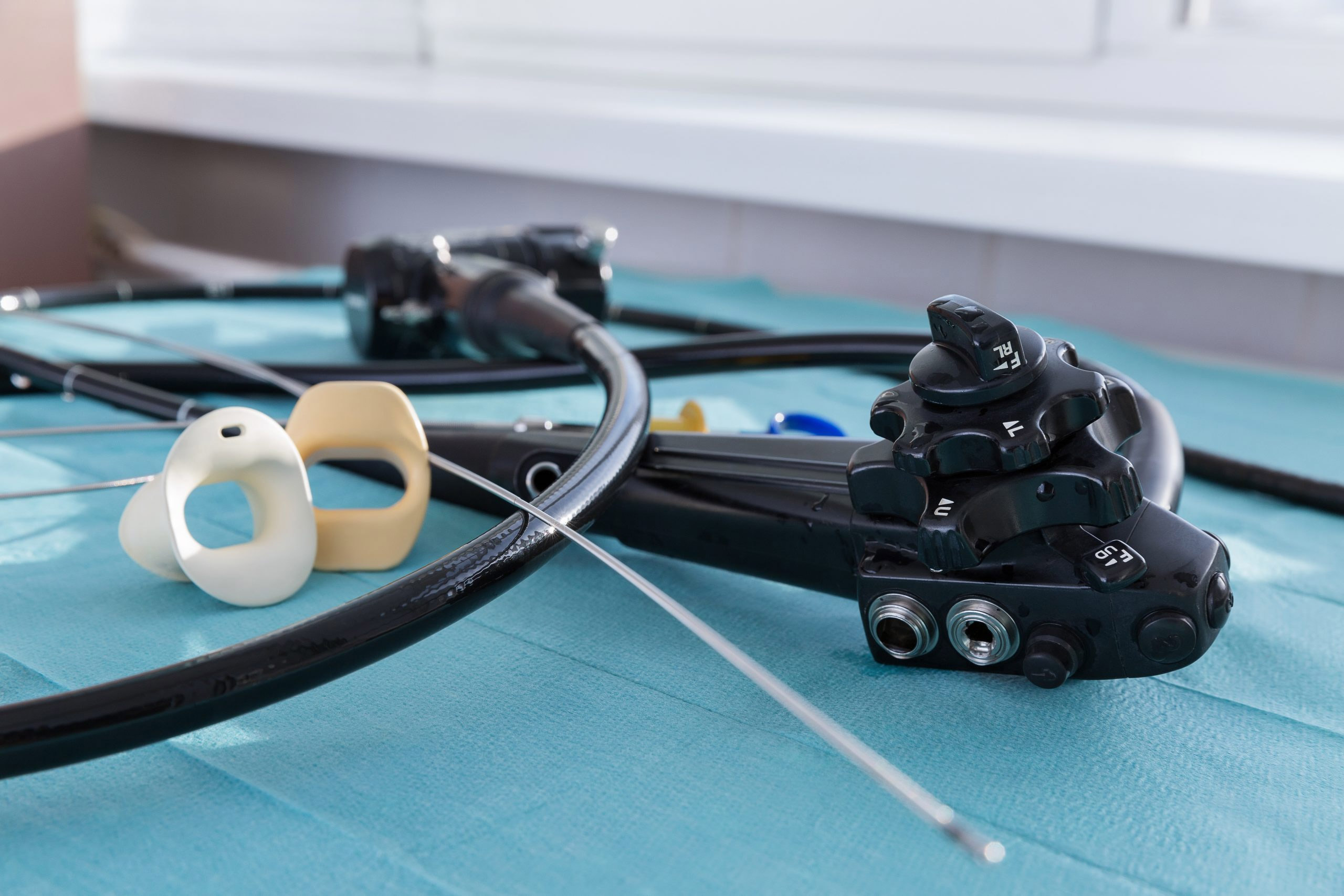
The effectiveness of disposable ureteroscopes is comparable to reusable devices when used in retrograde intrarenal surgery (RIRS).
This is according to a new study published in Research and Reports in Urology, an open access journal.
In fact, the stone free rates for patients after RIRS were slightly lower in patients who had undergone the procedure with the single-use option (90 percent) against those with the reusable (86.6 percent).
“Single-use devices guarantee all patients the same effectiveness; this is not necessarily the case for multiuse devices, which are used many times over their lifetime and which gradually lose their image quality and their effectiveness,” the authors conclude.
The study aimed to compare the efficacy and safety of reusable flexible ureteroscopes and a disposable model in for patients undergoing RIRS. Eligible patients were randomized into two groups — 90 who underwent RIRS performed with a reusable ureteroscope and 90 with the single-use device — at participating institutions between January 2018 and July 2019. Demographics, stone features, and pre-operative urine cultures were all comparable between the groups.
The study found several benefits to performing RIRS with a single-use ureteroscope, including:
While the authors calculated the cost of the disposable ureteroscopes to be “marginally more expensive," reusable ureteroscopes have a “more variable cost,” according to the authors. These variable costs stem from damage and the related repair expenses, or need for antibiotic therapy following use of a reusable device.
The study also notes the challenges in effectively cleaning reusable flexible ureteroscopes. Reprocessing is a long, complex procedure that includes precleaning at the bedside, leak testing, manual cleaning, high-level disinfection, rinsing, drying, and proper storage.
“Despite great sterilization efforts, the effectiveness of the procedure is still insufficient, which could lead to the contamination of the instruments,” the study says.
A separate recent clinical trial recently found single-use ureteroscopes to offer significant cost savings in addition to satisfactorily completing all procedures they needed to, as compared to reusable devices.


